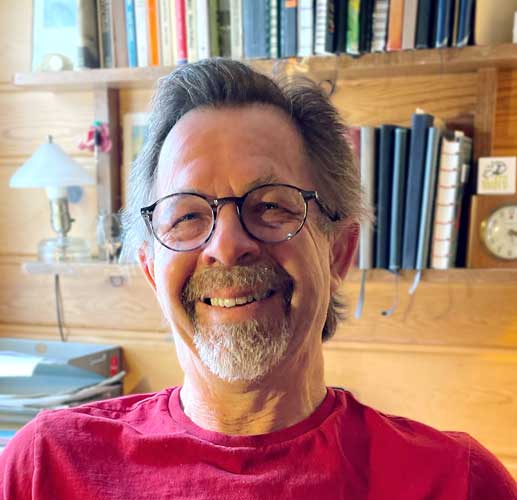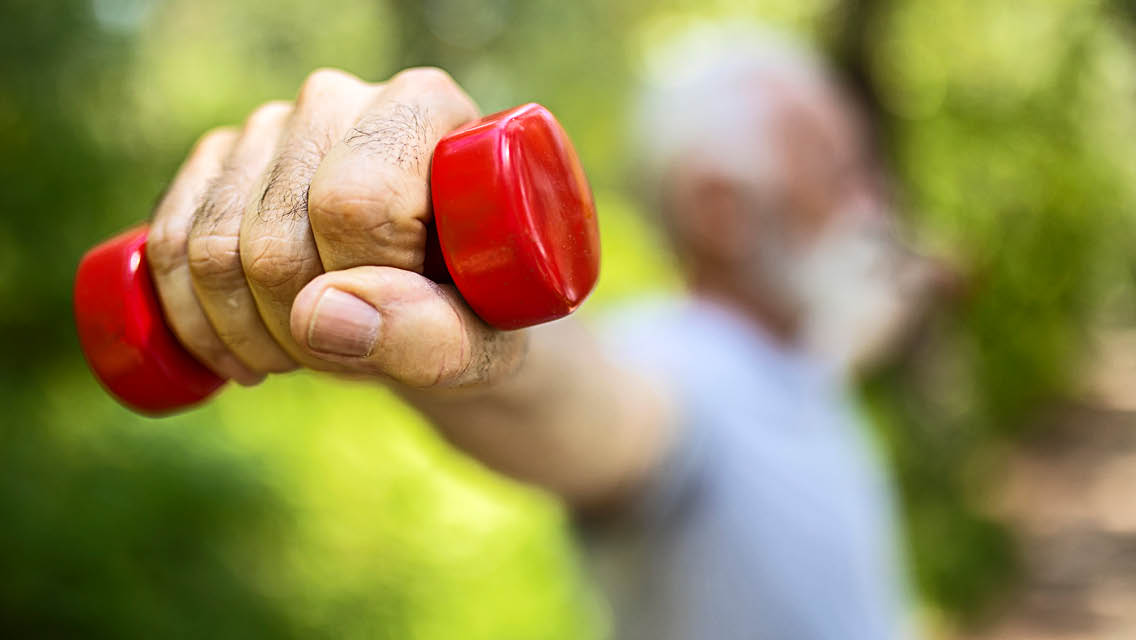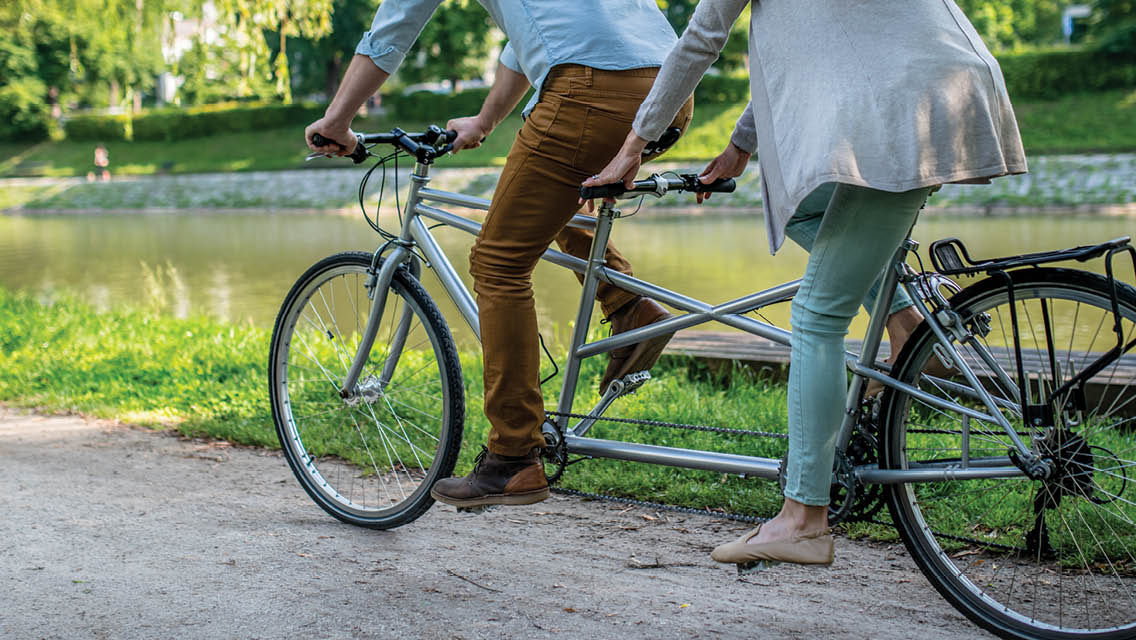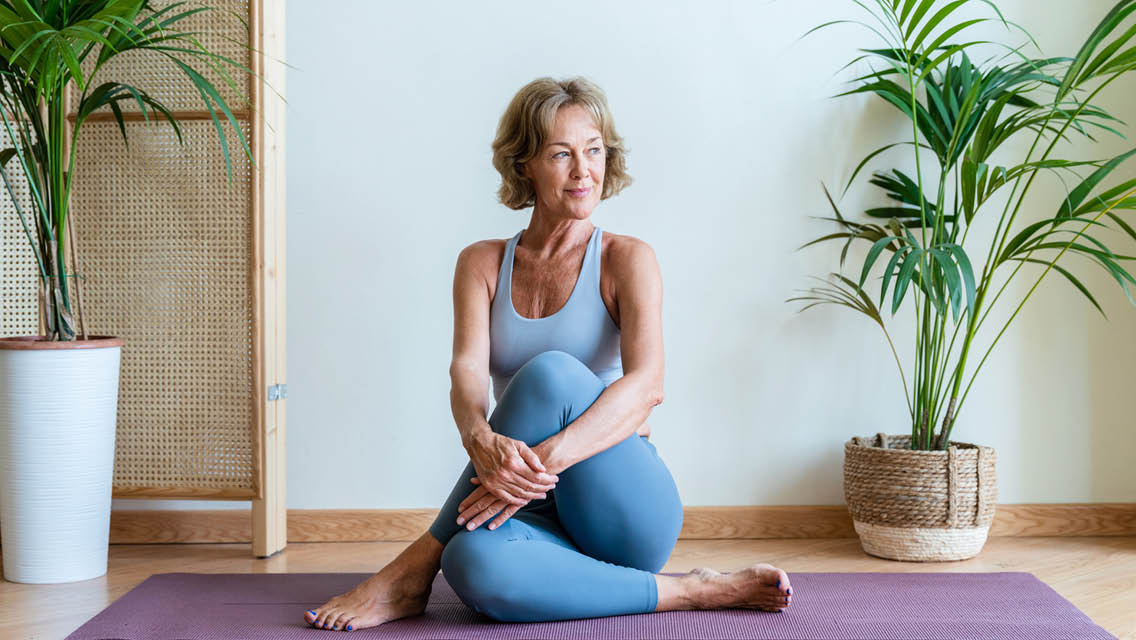For the better part of 30 years, I belonged to a ragtag collection of basketball junkies who gathered once a week for a couple of hours to demonstrate to each other why we were never skillful enough to earn a place on our high school squads. I maintained some level of (relative) proficiency into my late 50s and sank my last midrange jumper more than a decade ago at the age of 62.
I can recall with some wounded pride the side effects of those contests — the creaky knees, barking hammies, stiff back — that greeted me the next morning and lingered for a few days afterward. And those memories of delayed onset muscle soreness have reliably discouraged me from pushing myself too hard in or out of the gym in the years since. I still maintain a regular exercise regimen, but my morning workouts and modest bicycle commutes fall far short of what anyone would describe as vigorous.
So I was intrigued by the results of a study released last week suggesting that my aging muscles may be more resilient than I’ve allowed myself to imagine. Lancaster University physiologist Lawrence Hayes, PhD, and his team of researchers reviewed 36 studies that compared muscle resilience among older adults versus that of younger participants. By comparing levels of creatine kinase (an indicator of muscle damage) in the two groups, the team found that muscle soreness 48 and 72 hours after exercise was consistently less severe in the older cohort.
“These findings are significant because they challenge the widespread belief that aging muscles recover more slowly or are more prone to exercise-induced damage,” Hayes explains. “This misconception often discourages older adults from engaging in regular physical activity due to fears of prolonged soreness or weakness.”
He believes the study’s results may encourage new thinking about training programs for seniors, including postexercise care and recovery strategies. They could also persuade older adults to undertake more frequent or intense exercise regimens. “This means exercise has no age limit,” he notes.
Coincidentally, Hayes’s study was released just as the American Heart Association published new findings showing how the “weekend warrior” approach to fitness — 150 minutes of workouts compressed into two days — was just as effective as sprinkling that amount of exercise throughout the week.
For that study, researchers analyzed the physical activity patterns of more than 93,000 people ranging in age from 37 to 73 whose data from wrist accelerometers were collected by the UK Biobank. Contrary to conventional wisdom, the results showed that those weekend warriors enjoyed the same health benefits as more frequent exercisers. Members of each group had a significantly lower risk of death from all causes — including cardiovascular disease and cancer — than their inactive counterparts over an eight-year follow-up period.
“This message is encouraging news for busy people who struggle to fit in daily workouts but can manage a concentrated burst of activity on weekends or over a couple of days,” says study author Zhi-Hao Li, PhD, an epidemiologist at Southern Medical University in Guangzhou, China. “The research provides reassuring evidence that even sporadic physical activity can have lasting health benefits, making it easier for people to prioritize their well-being amid busy schedules.”
And though Li’s team warned that people who compress all that activity into a two-day period may increase the chance for waking up Monday morning with creaky knees, older adults now can point to Hayes’ assurance that they’re more likely to bounce back from too much exercise more quickly than their younger counterparts.
That’s the theory, anyway. In real life, we tend to do what works best for us. I don’t need to cram 150 minutes of exercise into a weekend when I can find some time throughout the week to lift, pedal, or otherwise challenge my aging muscles. And no amount of reassurance regarding my muscular resilience is going to get me back on a basketball court. I suspect that my once (relatively) reliable midrange jumper would now produce only an airball — and a barking hammie.





This Post Has 0 Comments